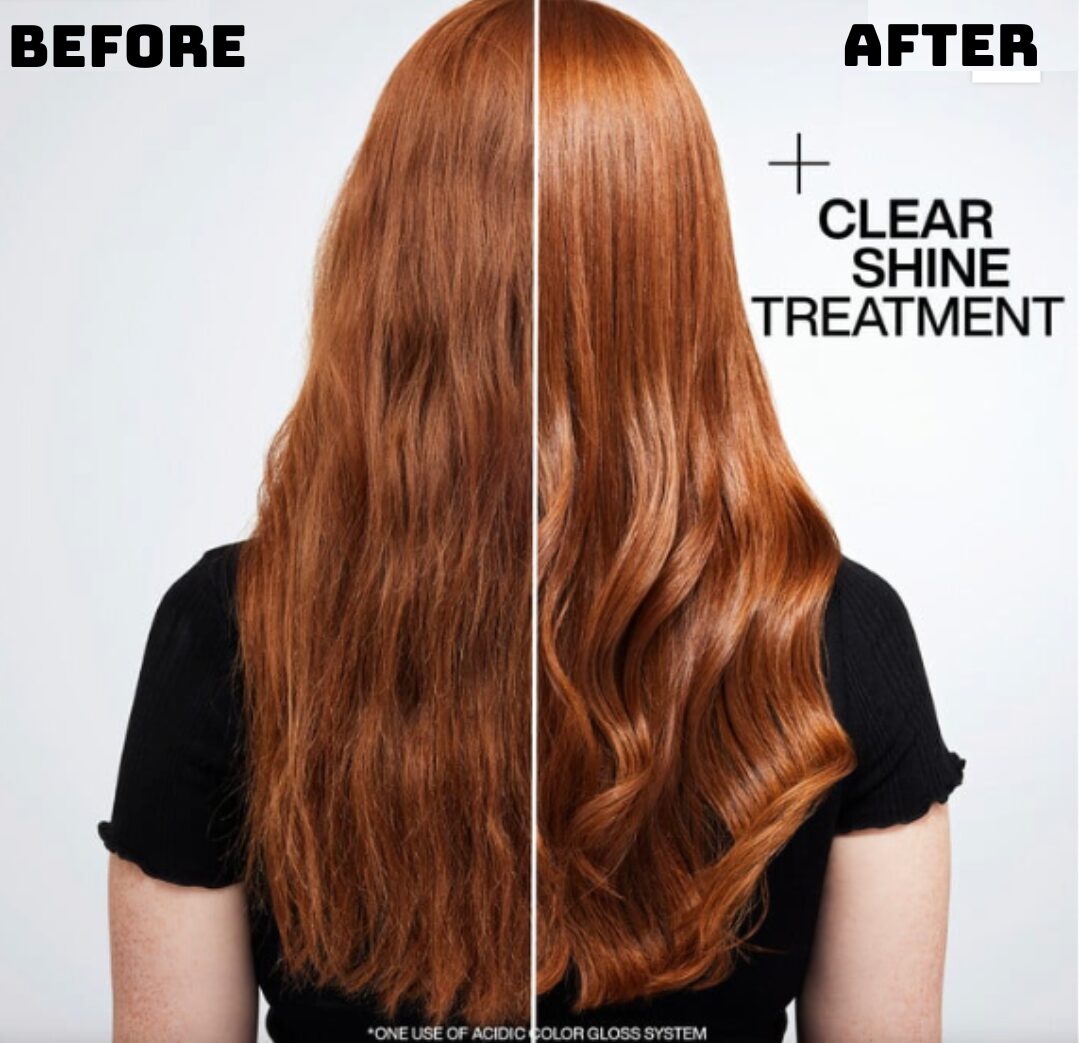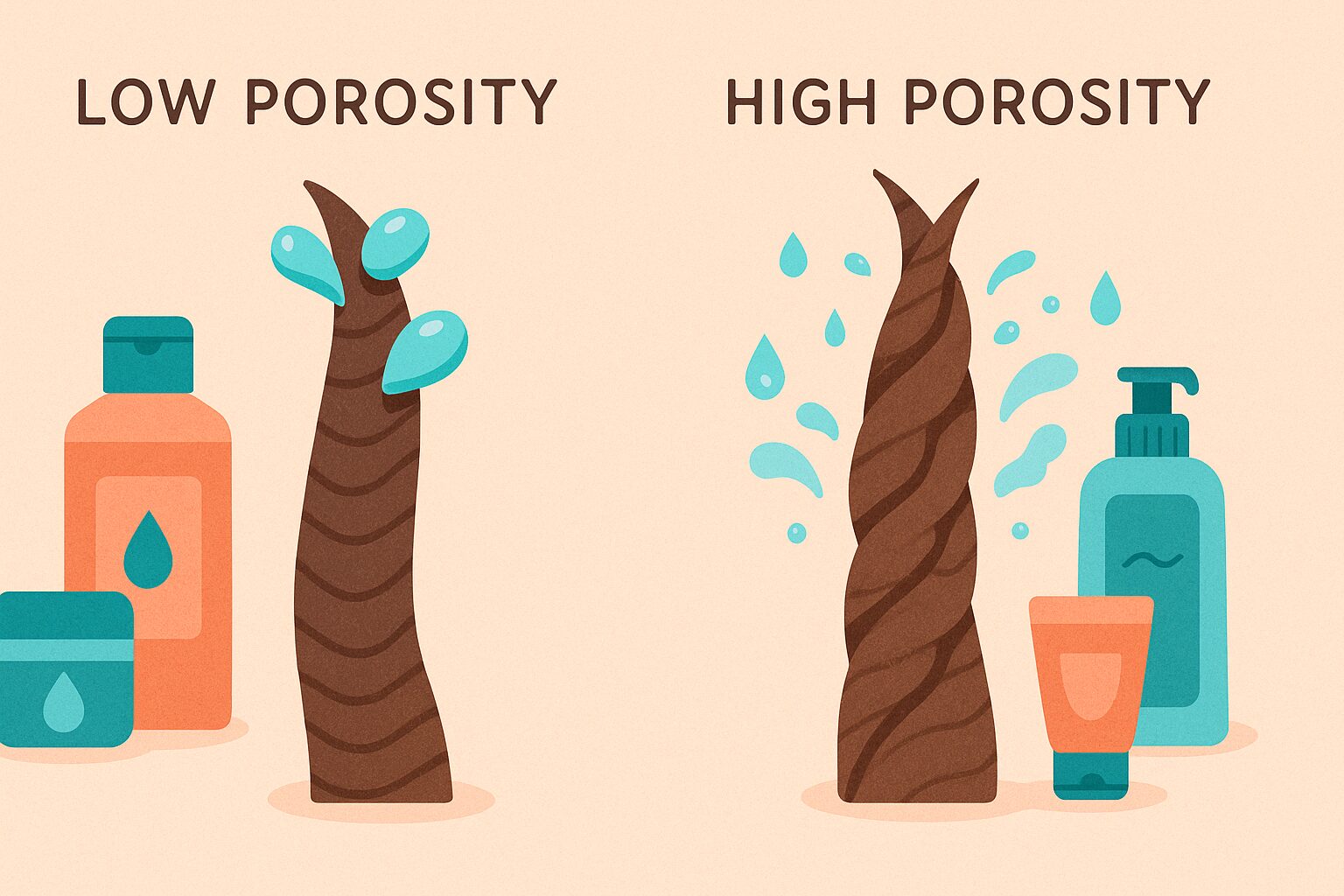Abbey Yung—a licensed cosmetologist turned TikTok‑and‑YouTube educator—has distilled years of trichology research, product testing, and budget‑friendly experimentation into what she calls “The Abbey Yung Method.” Instead of chasing viral hacks, the method focuses on evidence‑based routines that keep the scalp biome balanced, the lengths fortified, and your wallet intact. Her multi‑step blueprint has racked up millions of views and is now a go‑to framework for anyone battling buildup, breakage, or chronic oilines
This trending routine promises healthier hair through a series of steps designed to repair and nourish your locks. Let’s break down the method and see how you can incorporate it into your own haircare routine.
Key Takeaways
- The Abbey Yung Method consists of several steps, including pre-wash treatments and specific shampoo recommendations.
- Each step is designed to target different hair issues, from damage to dryness.
- Personalization is key; adapt the routine based on your hair type and needs.
Why Abbey Yung Says Drugstore Formulas Can Outperform Luxury Lines
According to certified trichologist Abbey Yung, two ingredients explain why inexpensive shampoos and conditioners often leave hair feeling immediately softer, shinier, and more manageable than luxury formulas:
- Sulfates cleanse properly
High‑end “sulfate‑free” lines sound skin‑friendly, but sulfates are the surfactants that dissolve oil, styling residue, and hard‑water minerals. When they’re removed for marketing appeal, the scalp never gets the deep rinse it needs, and buildup gradually weighs strands down. - Silicones seal and protect
Prestige brands frequently drop silicones to appear more “clean” or “natural,” yet silicones are what coat the cuticle, reduce friction, and lock in shine. Without them, conditioners can’t smooth or shield the hair fiber—leading to frizz, tangles, and breakage.
Yung argues that many drugstore formulas still balance gentle sulfates with lightweight silicones, so they do the two jobs hair needs most: a thorough cleanse at the roots and a protective, slip‑providing finish through the lengths. The result is an instant boost in bounce, softness, and overall manageability—no luxury price tag required.
Step 1: Pre-Wash Bond Repair Treatments
The first step in the Abbey Yung Method is optional but can be beneficial. This involves using a bond repair treatment before washing your hair. The Array bond repair treatment is a spray that you should apply at least 10 minutes before washing your hair. It’s recommended to do this twice a week. This step helps to prepare your hair for washing and can make a difference in how your hair feels afterward.
Step 2: Pre-Shampoo Oil Treatments
Next up is the pre-shampoo oil treatment. This step is also optional, but if you have damaged hair that tangles easily or feels dry after washing, it’s worth considering. You can use any hair oil with silicones, but OGX coconut oil is a popular choice. Apply the oil to the lengths and ends of your hair and let it sit for up to 20 minutes before washing. This can help to hydrate and protect your hair from the drying effects of shampoo.
Step 3: Shampoo
When it comes to shampooing, there are no strict rules about how often you should do it or which specific shampoos to use. However, it’s recommended to use a deep cleaning or clarifying shampoo at least once a week. This helps to keep your scalp and hair healthy. Some good options include:
- Pantene Sheer Volume
- L’Oreal Clarify
- Way Detox
For the rest of the week, you can opt for gentler shampoos like Dove Intensive Repair, L’Oreal Bond Repair, or Amika the Cure. If you have an itchy or flaky scalp, don’t forget to use medicated shampoos like Head and Shoulders Classic Clean or CeraVe Anti-Dandruff.
Step 4: Post-Shampoo Bond Repair Treatments
After shampooing, it’s time for bond repair treatments. The K18 treatment is a standout option and is recommended to be used about once every three weeks. Other good choices include Garnier, OGX, and Redken. These treatments can be applied before or after shampooing, depending on what works best for you. Aim to use them at least once a week for about 5 to 10 minutes to see the best results.
The Abbey Yung Method Overview
| Step | What You Do | Frequency | Why It Matters |
|---|---|---|---|
| 1. Scalp Reset Clarify | Use a sulfate‑based or chelating shampoo (e.g., Pantene Sheer Volume Clarifying) to purge product and hard‑water film. | 1× week | Clears follicles so treatments can penetrate. |
| 2. Pre‑Shampoo Oil | Coat mid‑lengths and ends with coconut, sunflower, or bond‑building oil 30 min before washing. | 1–2× week | Fills porous areas and limits hygral fatigue during wash. |
| 3. Targeted Clarify/Chelate | If you swim or have very hard water, add a chelating shampoo with EDTA once every 2–3 weeks. | As needed | Dissolves mineral deposits that dull color or cause breakage. |
| 4. Everyday Shampoo | Rotate between a gentle, sulfate‑free cleanser and a medicated option (e.g., salicylic acid) if you’re oily or flaky. | Every wash | Maintains microbiome balance without over‑stripping. |
| 5. In‑Shower Conditioning | Apply a silicone‑ or protein‑rich conditioner or mask; detangle with fingers or a wide‑tooth comb. | Every wash | Replaces lost lipids and smooths cuticle. |
| 6. Leave‑In + Heat Protect | Mist a lightweight leave‑in; follow with a heat‑protectant if styling. | Every wash | Locks in moisture and shields against thermal damage. |
| 7. Scalp Serums | Use peptides, caffeine, or OTC minoxidil at night on clean scalp. | 3–7× week | Promotes circulation and lengthens growth phase. |
| 8. Low‑Stress Styling | Favor loose braids, silk scrunchies, air‑drying, and < 300 °F heat tools. | Daily | Minimizes mechanical and heat stress so growth gains aren’t lost. |
Conclusion
The Abbey Yung Method boils down to three simple truths: respect your scalp, rebuild your strands, and don’t let flashy labels drain your bank account. By pairing smart pre‑wash prep with balanced cleansing and targeted bond repair, Yung shows that consistent science‑backed care—not luxury price tags—delivers the shine, bounce, and strength most of us chase. Start with her blueprint, tweak the steps to match your hair’s quirks, and track how it responds over a few wash cycles. Chances are you’ll find that a $7 shampoo and a little routine discipline go further than any prestige bottle. Healthier hair is less about splurging and more about strategy—one sulfate‑powered lather and silicone‑sealed finish at a time.




